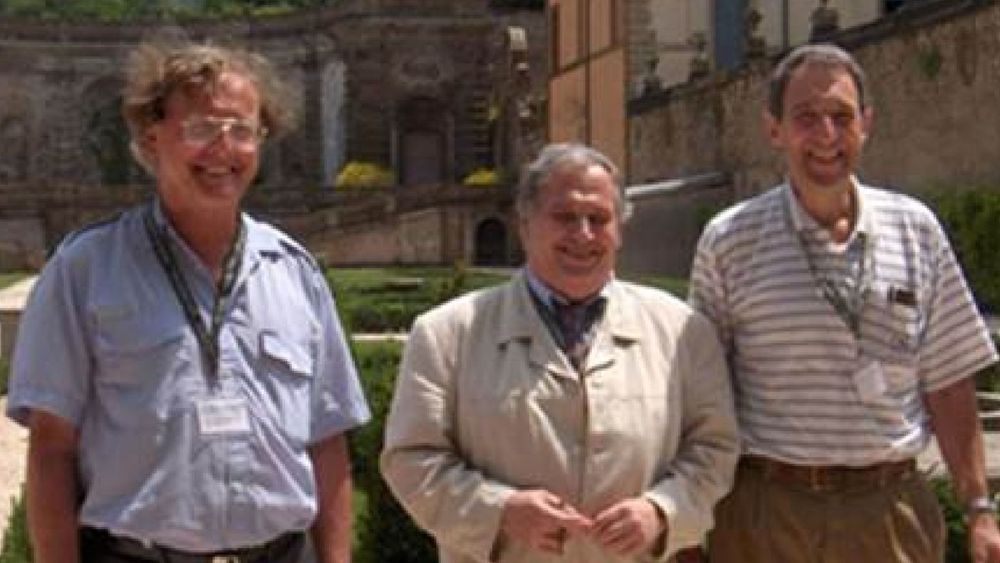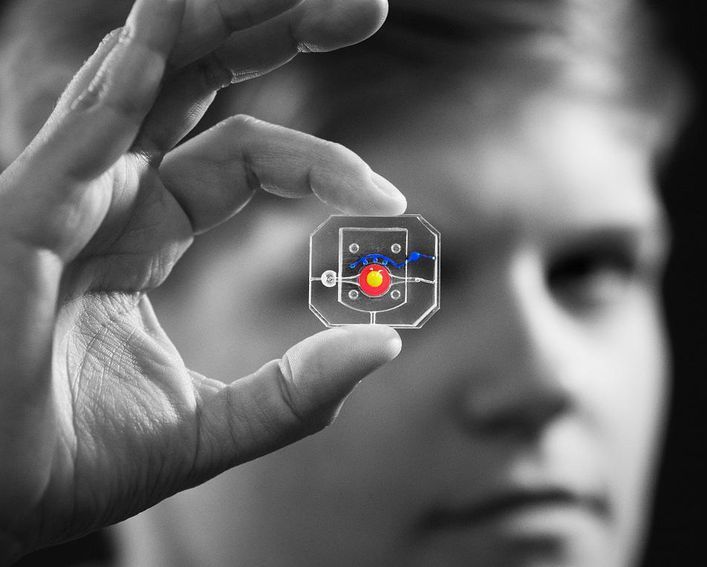My regular readers appreciate the fact that NASA is partnering with a number of commercial space businesses to permanently expand the human frontier into cis-Lunar space. While $20 billion in federal funding drives NASA’s amazing programs, the agency doesn’t get that money without strong public support. NASA has also long been supported by the National Space Society, a group founded by Werner von Braun. I’m proud to represent NSS as their Vice President of Space Development and to have chaired their International Space Development Conference this year. I’m also a huge fan of the Moon Village Association, which is helping to pave an international path for lunar settlement. The Southern California Commercial Spaceflight Initiative, which I direct at USC, hosted both those groups in a fantastic event last year. I’m excited to note that we will bring in the Mars Society this fall. That organization, founded by Robert Zubrin, leads the push for our next step, colonizing the Red Planet. You may however, be less familiar with the small group of aspirational space visionaries already working on conquering the stars, or with Tau Zero, the foundation dedicated to achieving that most audacious goal.







